The Bronze Age burnt mounds of Ireland are enigmatic; many theories have been proposed for their purpose, from cooking sites to prehistoric saunas. But were these monuments actually microbreweries for Bronze Age beer? In the first of a 3 part series, Diggingthedirt samples the evidence.
Anyone who has spent time on an excavation knows that archaeology and beer go hand in hand. It’s not just a cordial way for colleagues to wind down after a hard day’s work; archaeological problems can also be calibrated according to how many pints must be drunk in order to solve them. A ‘one-pinter’ is easily figured out between rounds; a ‘five-pinter’ has few heads nodding in agreement – even after last orders. After the fifth pint, all logic breaks down.
It was whilst debating a ‘five-pinter’ – in this case, the function and purpose of Bronze Age burnt mounds – that Irish archaeologists Billy Quinn and Declan Moore hit upon a solution for the most ubiquitous and mysterious prehistoric monuments in Ireland. Perhaps, thought Quinn and Moore, burnt mounds were actually microbreweries – an ancient reflection of a widely enjoyed modern Irish pastime. The following morning ‘The Great Beer Experiment’ was born.
Fulachta fiadh
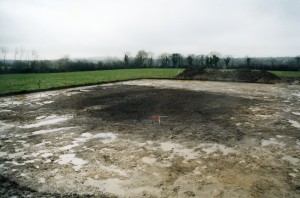 Burnt mounds, or fulachta fiadh, are one of the most numerous type-sites excavated in Ireland, with an estimated 5,000 currently known to archaeologists. They are also one of the least understood. In Ireland, burnt mounds are usually found on low-lying ground close to water, and to a lesser extent are also found in the uplands of Britain. Radiocarbon dating for these monuments varies significantly between the late Neolithic and the Iron Age, with the majority clustering in the Bronze Age, between 1900-1500 BC and 1200-800 BC.
Burnt mounds, or fulachta fiadh, are one of the most numerous type-sites excavated in Ireland, with an estimated 5,000 currently known to archaeologists. They are also one of the least understood. In Ireland, burnt mounds are usually found on low-lying ground close to water, and to a lesser extent are also found in the uplands of Britain. Radiocarbon dating for these monuments varies significantly between the late Neolithic and the Iron Age, with the majority clustering in the Bronze Age, between 1900-1500 BC and 1200-800 BC.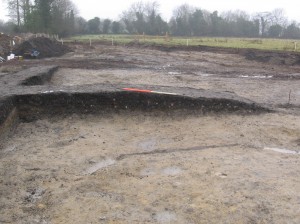
Burnt mounds are characterised by the presence of a trough, into which hot stones were placed to heat water. Once the water had been heated, the heat-shattered stone fragments were then cleaned out of the trough, eventually building up through repeated use into a horseshoe-shaped mound. The trough could be rock-cut, wood-lined or clay-lined, and was designed to hold enough water to boil or produce steam.
Whilst archaeologists have a good grasp of how this hot stone technology worked, quite what its purpose was is less clear. Various interpretations have been proposed for the function of burnt mounds, including cooking, textile dying, steam creation for sweat-lodges, and leather preparation. The general archaeological consensus is that burnt mounds were primarily cooking places, but this hypothesis is not without its shortcomings.
In 1952, the eminent Irish archaeologist M J O’Kelly undertook the first scientifically controlled excavation of two burnt mounds at Ballyvourney, Co. Cork. Burnt mounds had long been known to antiquarians; references in early Irish literature to the ‘open air cooking places’ of the young warrior-hunters of the fianna (small, independent warrior bands) and the legendary Fionn MacCumhail led to burnt mounds being termed Fulacht Fiadh.
Professor O’Kelly found a standard pattern which included a mound of heat-shattered stone (measuring 12 metres in width and 60 cm in height) surrounding a rectangular trough (measuring 1.8 metres long and 40cm deep). He found little in the way of artefacts or animal bone, which is the tell-tale signature of burnt mounds. In order to investigate further, O’Kelly decided to employ the nascent science of experimental archaeology to assess whether these sites were prehistoric cooking places.
Burnt mounds as cooking places?
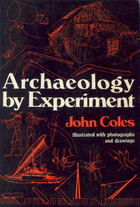 In his seminal book Archaeology by Experiment, John Coles set an agenda for a new approach to understanding the scant remains from the distant past. By reconstructing ancient equipment and technology with the techniques available in the past, archaeologists ‘try out’ their theories in the real world, learning how people lived, hunted, fought or built. Whilst these techniques don’t ‘prove’ that interpretations are correct, they provide a powerful tool in predicting the type of evidence we should expect to see in the ground in support of the theories being tested.
In his seminal book Archaeology by Experiment, John Coles set an agenda for a new approach to understanding the scant remains from the distant past. By reconstructing ancient equipment and technology with the techniques available in the past, archaeologists ‘try out’ their theories in the real world, learning how people lived, hunted, fought or built. Whilst these techniques don’t ‘prove’ that interpretations are correct, they provide a powerful tool in predicting the type of evidence we should expect to see in the ground in support of the theories being tested.
Using these principles, O’Kelly reconstructed the wooden trough and a hearth, and determined that by heating stones in the fire and removing them with a long handled shovel and then placing them in the trough, he could bring the water to boil within 30-35 minutes. Using this technology (and occasionally adding more stones to keep the water boiling) he cooked a 4.5kg leg of mutton in three hours and forty minutes. Once the meat had been consumed and the fires died down, the trough was cleaned out for its next use. It was about two-thirds full of cracked and broken stones, amounting to 0.5 cubic metres in volume. Throwing this material to the side of trough, a horseshoe- shape mound began to form. Using this data to interpret his excavated evidence, O’Kelly estimated that as long as the stones were not used more than once, the size of the mound at Ballyvourney suggested some 54 cooking episodes.
The experiment undoubtedly worked; and so, the interpretation of burnt mounds as cooking places passed into archaeology as received wisdom. The problem with this hypothesis, however, rests with the type of evidence we should expect to find if it were true. Burnt bone is rarely found at burnt mounds, which is very unusual for a site whose primary purpose would have been to cook meat. This has been explained as a consequence of acidic soils being unfavourable to preservation. But these are one of the most excavated site types in Ireland (the author has personally directed excavations on eight burnt mounds, and assisted on at least twice that number), and an acidic burial environment cannot be claimed for every burnt mound that has ever been excavated. The function of these sites had clearly not been properly found. It was in response to this that Billy Quinn and Declan Moore proposed to undertake an experiment of their own.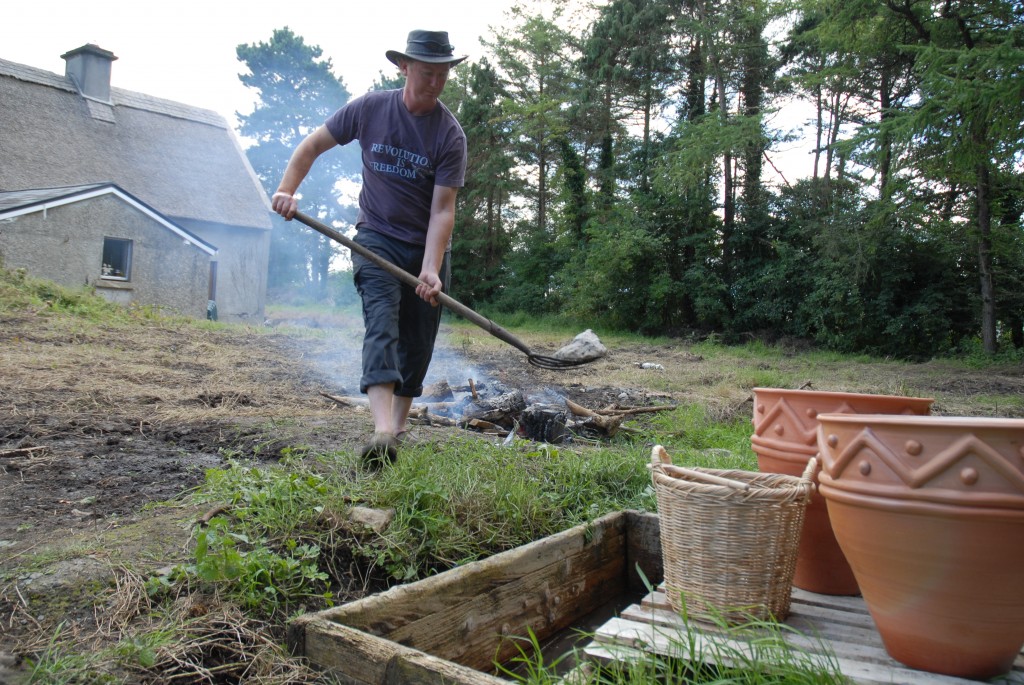
What happened next? Full article available in Current Archaeology 256…
Or tune in next Friday, for Part 2 in our boozy drama…


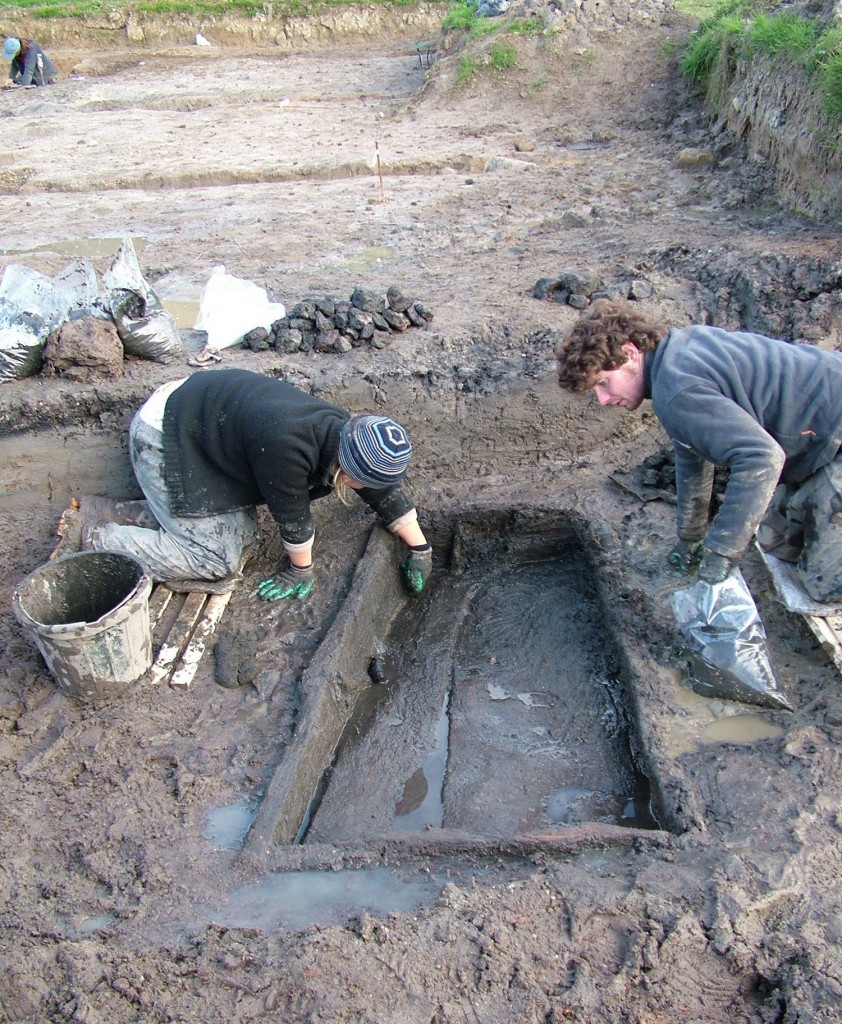
One comment